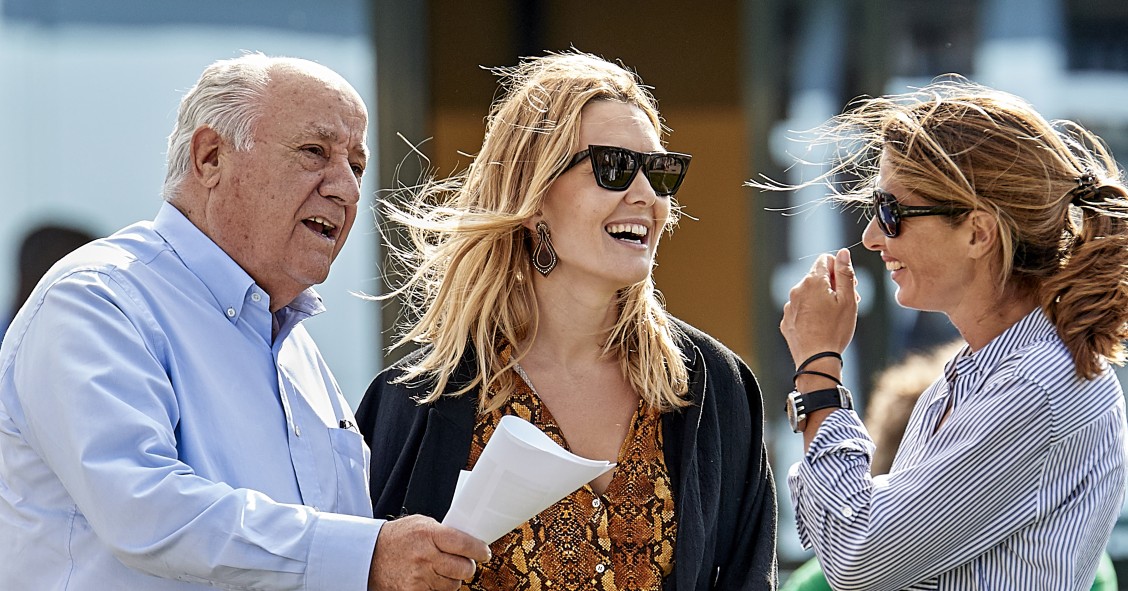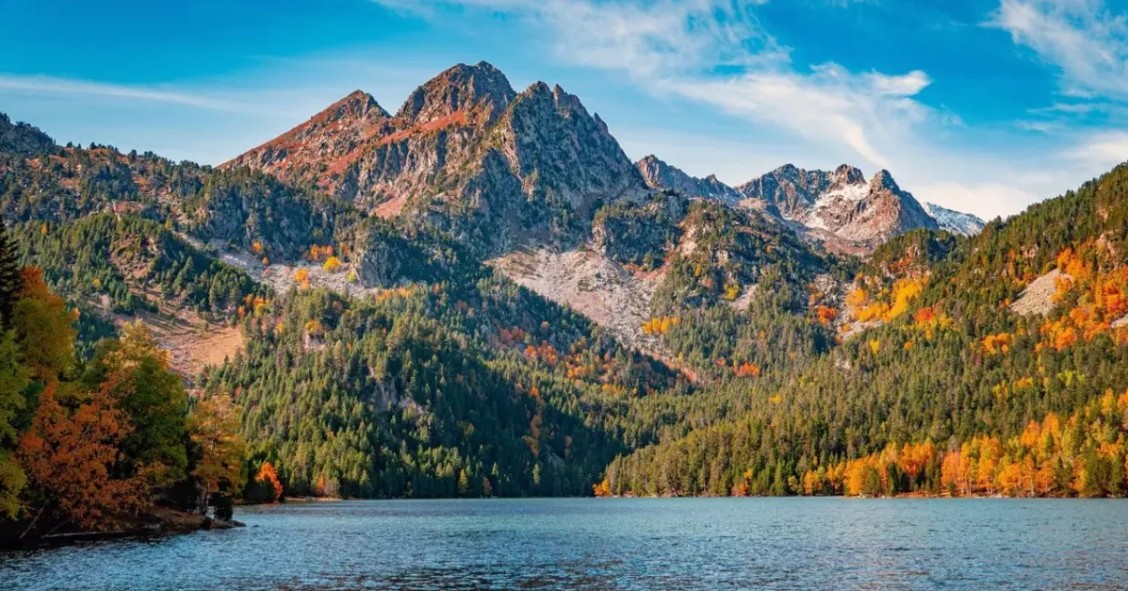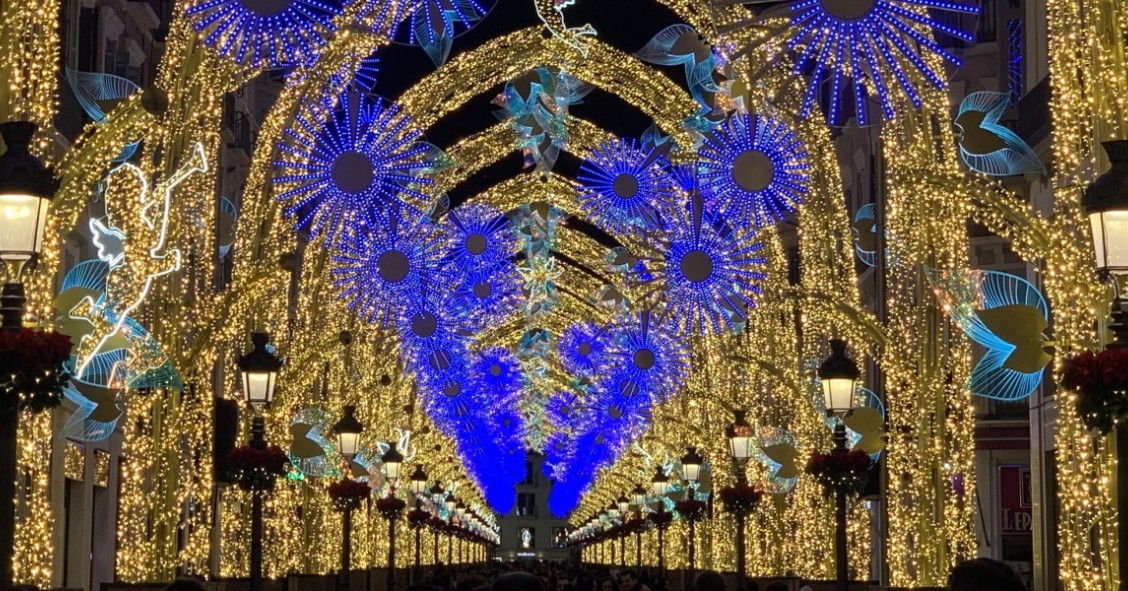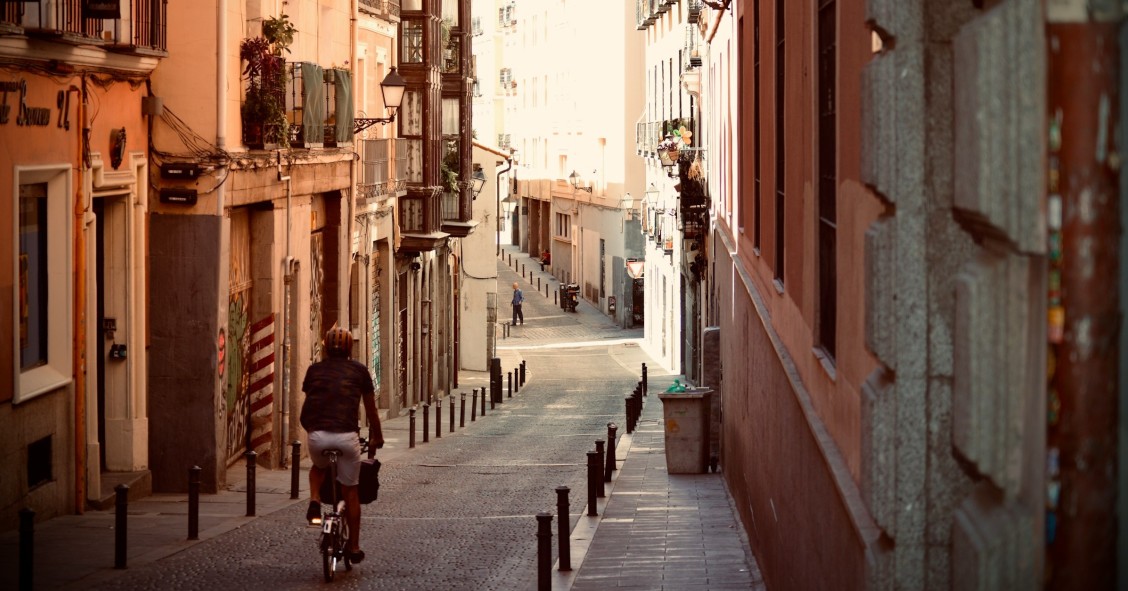
Every year in late June, locals and travellers descend on the small town of Haro, ready to trade in their clean white shirts for a purple-drenched experience. This famous gathering, known as Batalla del Vino, or the Battle of the Wine, transforms the otherwise peaceful wine capital of Rioja into a lively, wildly messy celebration.
With the rolling vineyards of La Rioja as a backdrop, the festival offers a glimpse into regional tradition on top of a full-on immersive dive into Spain’s love for good wine.
What is the Haro Wine Festival exactly?

The Haro Wine Festival is a one-of-a-kind celebration that brings together locals and visitors for the legendary wine battle on the cliffs of Bilibio.
The goal? Drenching everyone in sight with Rioja red wine. Far from your usual festival, Haro’s annual wine fight is a spirited mix of tradition and rowdiness, capped off with live music, food, and communal parades.
What happens at the Haro Wine Festival?
During the festival, thousands don white attire and red scarves, arming themselves with buckets, water pistols, and any vessel suitable for the main event. People clamber up to the crags, line up with fellow wine warriors, then open fire with their ammunition of choice – red Rioja, naturally. Don’t be surprised if you spot a children’s battle nearby as families get in on the fun too, with kids using grape juice instead of wine.
Haro Wine Festival: dates and timetable

Held every 29th of June on San Pedro’s day, the party kicks off well before sunrise. Processions lead festivalgoers up to the hermitage of San Felices. The famed wine battle usually starts around 8 am and lasts a good couple of hours. It is then followed by mass and then a parade back into town. There’s no entry ticket for the wine battle itself, but some events in town – concerts or guided winery visits – may require booking.
History and origins of the Haro Wine Festival

The roots of the Haro Wine Festival run deep in local tradition, winding all the way back to annual pilgrimages in honour of San Felices de Bilibio. Each year, folk would trek out to the hermitage perched on the Cliffs of Bilibio, sharing a meal and raising a glass of Rioja to mark the day.
As the years rolled on, those toasts became a bit more spirited, eventually spiralling into the now-famous wine battle. By the late 19th century, things had shifted from a religious gathering to the lively soakings and good-natured chaos you’ll see today.
Haro and Spain’s wine culture

The region of Rioja has become synonymous with some of the world’s finest reds. For centuries, Haro has been at the heart of Rioja’s wine trade, home to a spread of historic bodegas still using traditional winemaking techniques.
Many of Spain’s most respected wineries—such as López de Heredia and La Rioja Alta—call Haro home. Enthusiasts from across the globe visit the region to sample bottles straight from the source, often a wine route around Spain. The area has dozens of bodegas open for visits and a wine museum.
Attending the Haro Wine Festival
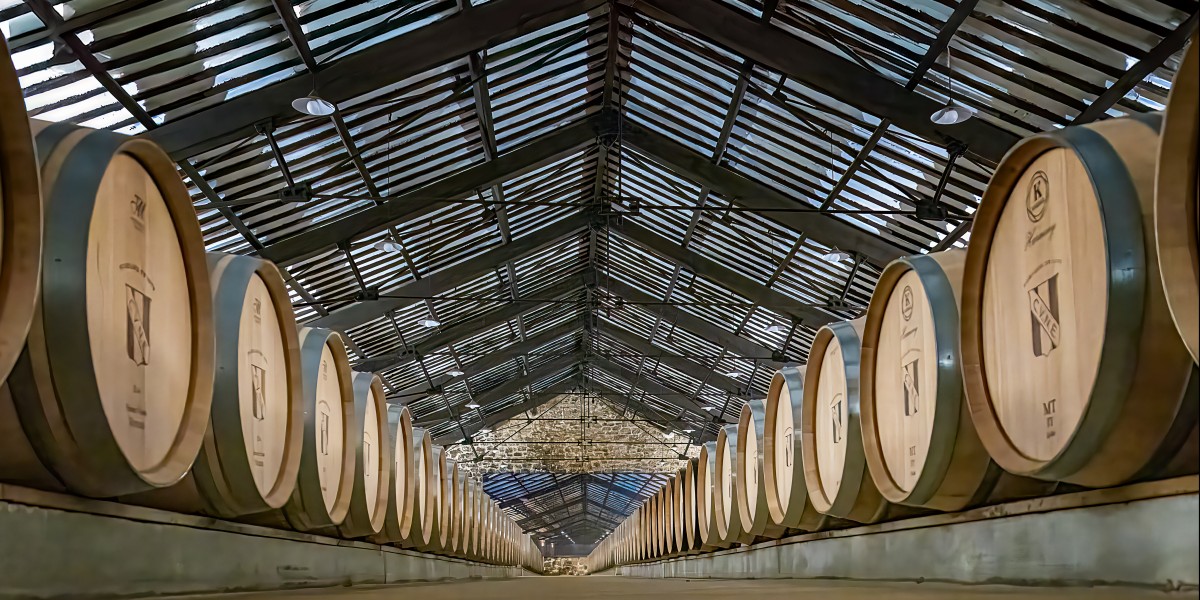
Reaching Haro is straightforward by car, bus, or train from major Spanish cities such as Bilbao or Logroño. Accommodation can be tight, especially during the festival, so book well ahead if you want to stay close to the action. Bring a change of clothes, a plastic cover for valuables, and a healthy respect for the good-natured pandemonium around you. The festival is generally safe and well-organised, with plenty of families and large groups joining in.

